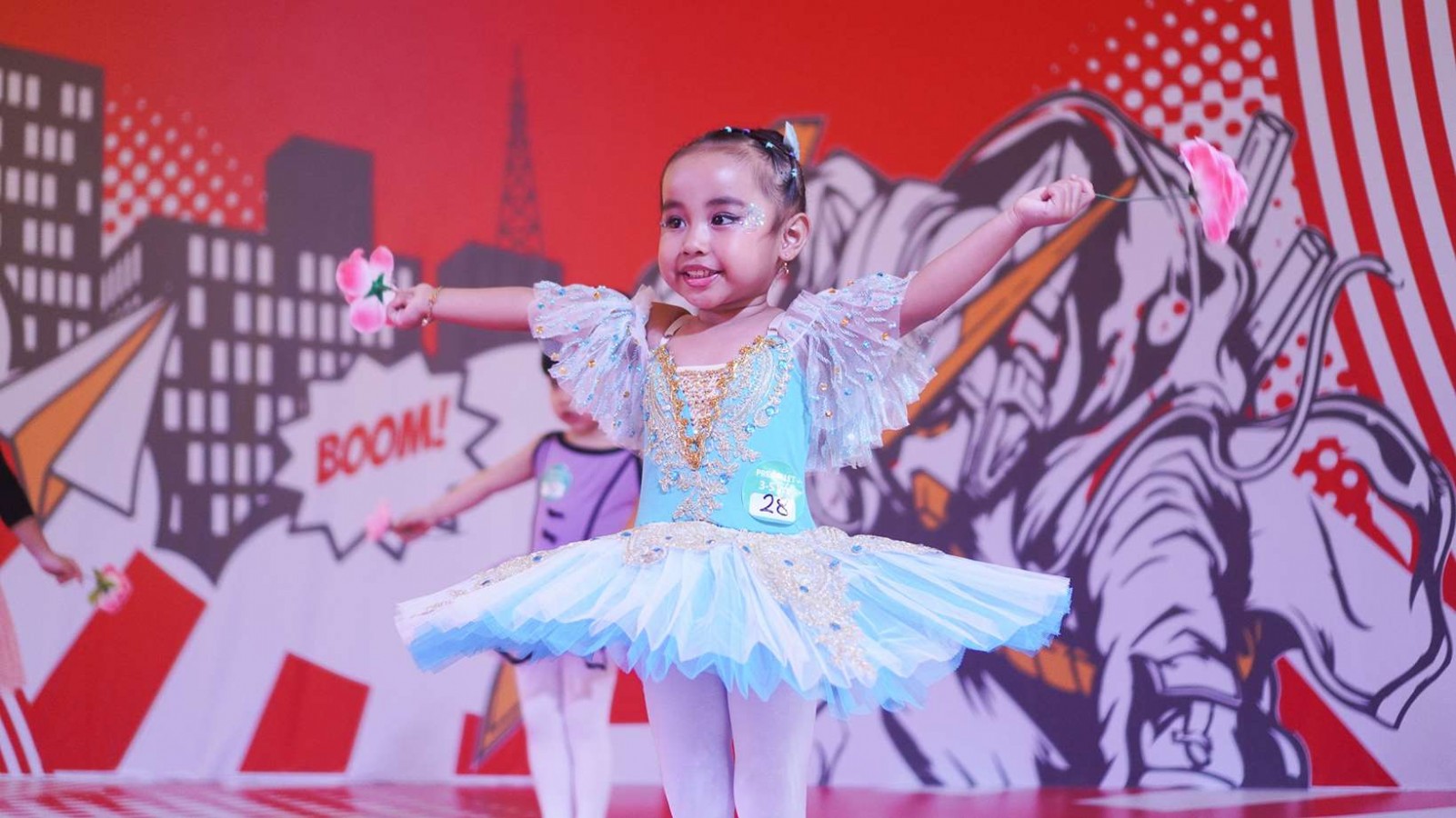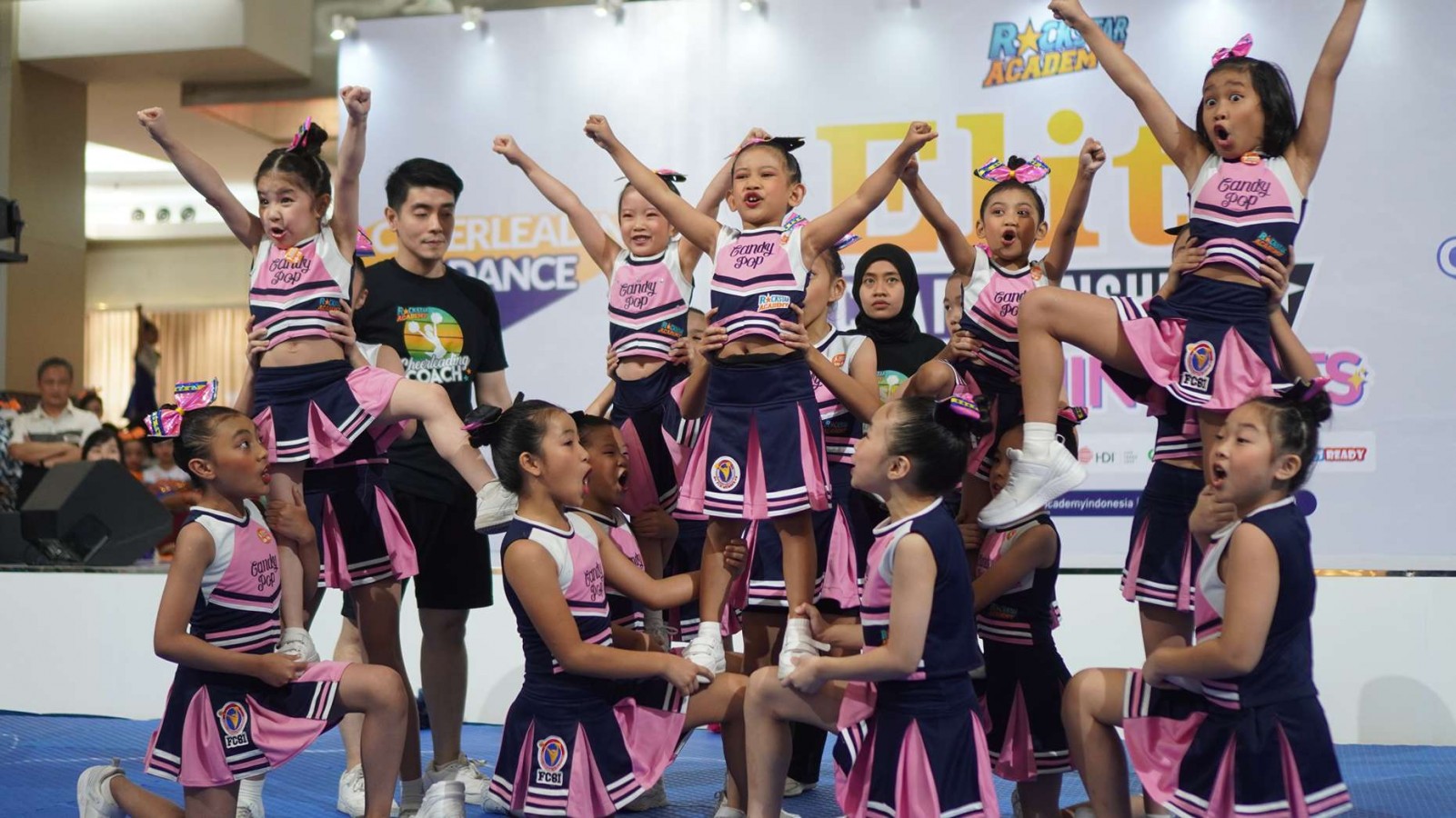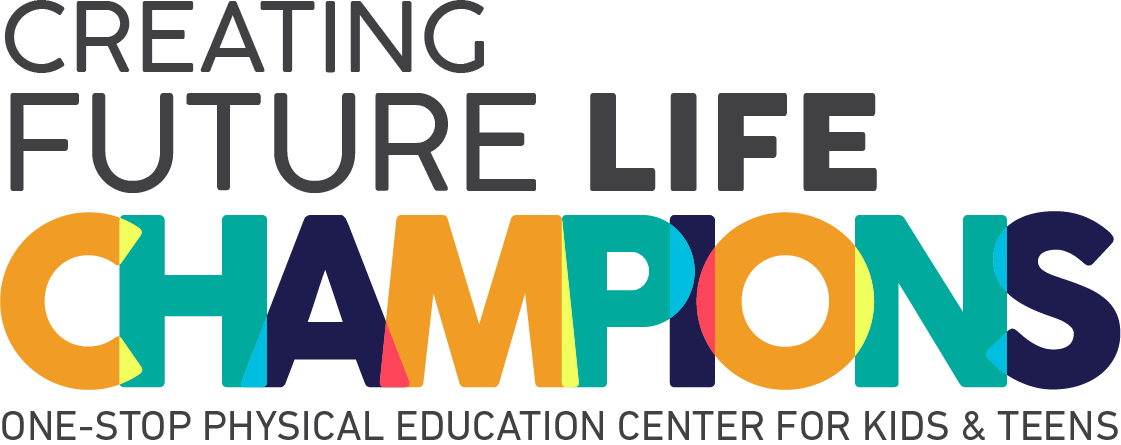Learn How Ballet Helps Develop Motor Skills in Children

If you’ve ever watched a ballet performance or seen young children twirl around in their ballet classes, you might have noticed the focus and precision involved. But did you know that those graceful movements are also laying the foundation for physical development in kids?
Ballet provides an engaging way for children to refine their motor skills while having a lot of fun. So, whether your child is leaping like a little swan or perfecting their plié, you’re supporting their growth in more ways than you might think!
Let's dive into how ballet classes are a fantastic tool for developing motor skills and supporting overall physical development.
What Are Motor Skills?
Motor skills are the movements and actions that our bodies perform. These are typically divided into two types:
- Gross Motor Skills
These involve larger movements that require coordination of the whole body or large muscle groups. Examples include running, jumping, and climbing.
- Fine Motor Skills
These are more precise movements that require smaller muscle groups, like writing, drawing, or buttoning a shirt.
Both types of motor skills are essential for children as they grow, learn, and interact with the world around them. Developing these skills lays the groundwork for everything from academic success to social interaction and personal confidence.
How Ballet Develops Gross Motor Skills
Ballet offers an exciting way for children to improve their gross motor skills through a range of activities like jumping, running, turning, and balancing. Here’s how ballet helps kids with their large muscle group development:
1. Balance and Coordination
Ballet requires kids to balance on one leg, whether they’re practicing a pirouette (spin) or holding a graceful arabesque. These moves challenge their sense of balance, teaching them how to control their body in space.
As they practice these moves, they develop the ability to stay balanced while performing everyday activities, like walking across a slippery surface or standing still in a line.
2. Strength and Flexibility
Ballet classes help children build strength, especially in their core, legs, and arms. The intense movements, like pliés (bending the knees), tendus (extending the legs), and jumps, strengthen muscles and increase flexibility.
This combination of strength and flexibility enhances coordination and mobility, making it easier for children to engage in other physical activities.
3. Spatial Awareness
Ballet teaches children how to use the space around them. As they perform moves across the floor or in the air, they learn how to judge distances, avoid obstacles, and move fluidly in all directions. This helps improve their ability to navigate through different environments, like a crowded playground or a busy room.
4. Posture
Good posture is essential in ballet. Children are constantly reminded to stand tall, engage their core, and hold their shoulders back. This emphasis on proper body alignment translates into better posture during other daily activities like sitting at a desk or standing in line.
Related article: Parents, This Is The Best Age to Start Ballet!
How Ballet Develops Fine Motor Skills
While ballet is excellent for developing gross motor skills, it’s also great for fine-tuning those fine motor skills. Here’s how ballet helps kids develop their precise hand, foot, and finger movements:
1. Finger and Hand Movements
Ballet classes incorporate the use of hands and fingers in graceful movements that are often associated with specific hand positions (like in "first position" or "third position" of the arms).
These positions and movements encourage children to control the movement of their hands with precision, which can help with other fine motor tasks, like drawing or using utensils.
2. Foot Placement and Pointing
A key aspect of ballet is learning how to properly position the feet. Whether a child is pointing their toes in a perfectly straight line or practicing foot movements during jumps and turns, ballet helps kids gain better control over their feet and toes.
These movements also help strengthen the small muscles in the feet, which is beneficial for walking, running, and other activities that require foot control.
3. Finger Dexterity
Ballet’s emphasis on delicate movements, especially with the hands and arms, helps develop fine motor skills that improve finger dexterity. Simple actions like clasping hands in various positions or practicing different arm movements help with control, making tasks like buttoning clothes or using scissors easier.
Impact of Ballet on Physical Development
Let's dive into how ballet plays a key role in shaping various aspects of a child's physical development, and how these benefits extend far beyond the dance studio!
1. Body Awareness
Imagine trying to walk across a room without tripping over your feet or bumping into things. Sounds easy, right? But to be able to move gracefully, we need something called body awareness which is our ability to sense where our body is in space.
In ballet, children are constantly learning how to position and control their bodies in various ways. For example, a ballet class might include exercises like standing on one leg (called plié) or performing a high leap (grand jeté) where they need to land softly and precisely.
These movements require the child to be aware of how their body is moving through space. As children practice these movements, they become more aware of their bodies’ alignment and balance.
They learn how to stretch, twist, and rotate their limbs with precision, which translates into better control in everyday activities.
2. Improved Motor Planning
Motor planning is like creating a mental map of how to move your body in a specific way, and it’s crucial for almost everything we do.
Ballet helps children improve their motor planning by requiring them to think ahead, memorize steps, and perform coordinated movements. This enhances their ability to plan and execute a series of actions.
As children practice these complex movement patterns, they get better at planning, organizing, and executing actions. This skill is useful for everyday tasks like:
- Dressing themselves
- Following directions
- Sports
3. Increased Endurance
Ballet classes often involve repetitive exercises, quick movements, and long practice sessions. As children continue to dance, they gradually build physical endurance, which allows them to perform longer and more physically demanding tasks.
Ballet moves, like grand jeté (a big leap) or sauté (a jump), require bursts of energy, but the real challenge comes in holding positions or repeating movements over time. The more children practice, the stronger and more endurance-driven their muscles become, making them less fatigued in other physical activities.
4. Social and Emotional Development
Ballet is also about social and emotional growth. Children in ballet classes work in groups, perform in front of an audience, and learn to follow instructions from a teacher, all of which help them develop valuable life skills like teamwork, discipline, patience, and self-esteem.
Working with others in a ballet class teaches children how to cooperate, share space, and collaborate toward a common goal, such as performing in a recital. They learn how to interact with peers, make friends, and support each other, which is important for their social development.
Plus, the sense of accomplishment from mastering a new skill or performing a routine can give a big boost to a child’s confidence.
Enroll Your Child to Ballet Class Today!
If you’re excited about the many benefits ballet can bring to your child’s physical development, then why not give them the chance to experience it firsthand? At Rockstar Academy, we offer an exceptional ballet program that’s designed to help children grow not just in dance, but in confidence, strength, and coordination.
As parents, you’re encouraged to enroll your child in our ballet program, where they can take part in exciting opportunities like RAD Ballet Testing, Ballet & Contemporary Dance Recitals, as well as the renowned RockOlympics and Elite Championships.
These experiences provide an amazing platform for students to showcase their talents and discover their true potential.
At Rockstar Academy, we also offer Private Instructions, providing personalized, intensive training tailored to your child’s needs. Students receive regular feedback, progress reports, and videos from their training sessions, along with weekly exercises to practice at home.
Plus, we offer a free trial class, so your child can experience the magic of ballet before committing. Don’t miss out on this incredible opportunity for your child to grow, learn, and shine!
FAQ
How old should my child be to start ballet?
Children can start ballet as young as 3 or 4 years old. At this age, the focus is often on basic movements, rhythm, and learning to follow directions. More structured lessons typically begin around 5 or 6 years old, depending on the child’s development and interest.
Does ballet help with other sports or physical activities?
Absolutely! Ballet helps develop flexibility, strength, balance, and coordination, which are valuable skills for nearly every sport. Many athletes, including gymnasts, dancers, and even football players, use ballet to improve their performance.
Is ballet only for girls?
Not at all! Ballet is for everyone, regardless of gender. In fact, many famous male dancers, like Mikhail Baryshnikov and Rudolf Nureyev, have made a huge impact on the world of ballet. Ballet helps boys and girls alike develop strength, flexibility, and coordination.



